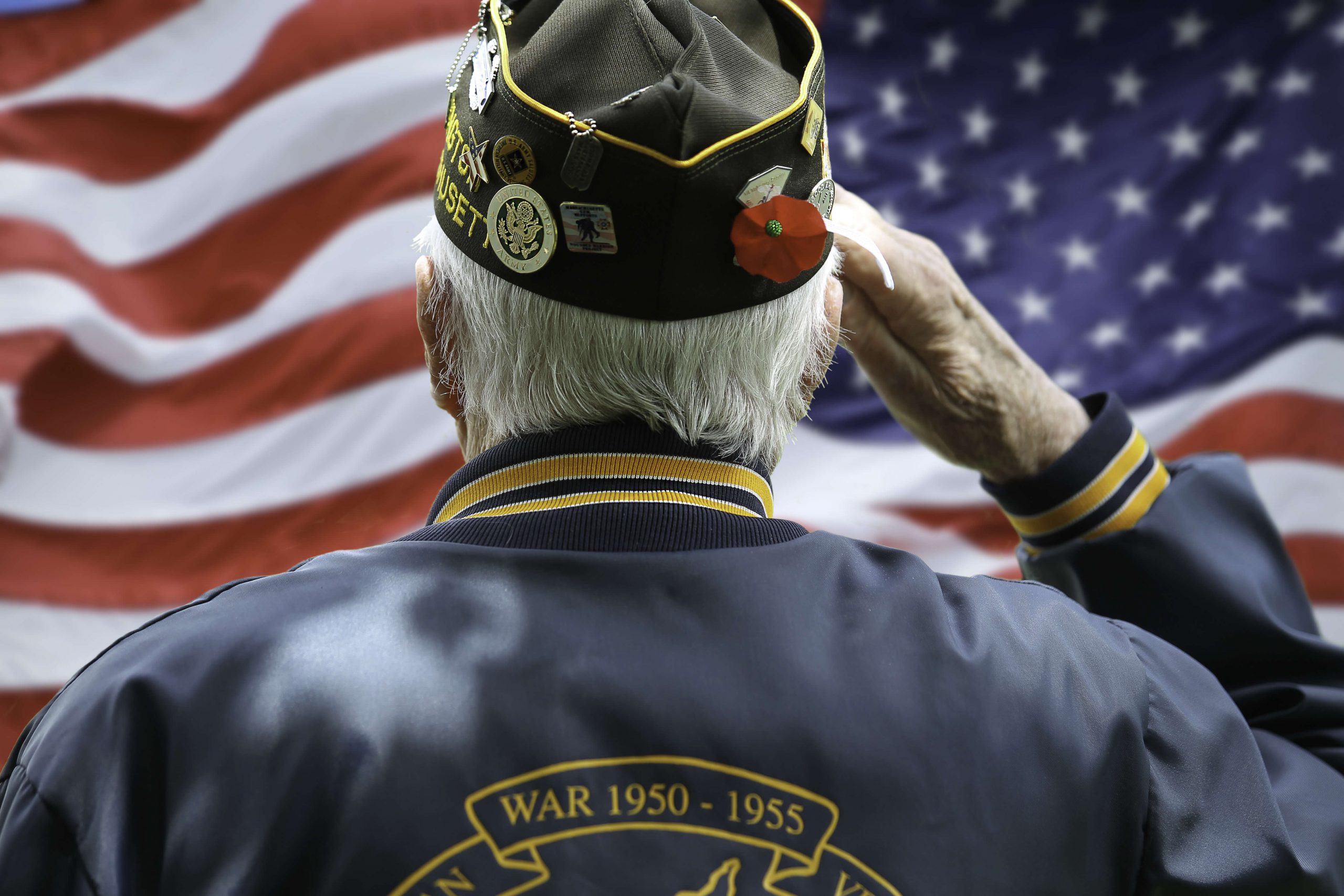
The Department of Veterans Affairs (VA) issued final rules on September 18th which will dramatically impact the process of applying for pension benefits to help seniors pay for long term care costs.
The final rules become effective on October 18, 2018, which leaves a very small window for veterans and their families to apply for benefits under the current, more favorable rules. The VA presently offers pensions and special improved pensions for either a veteran or the surviving spouse of a veteran who was active duty during a wartime period and who later in life have long term care costs. Such costs include those incurred for in-home care, care at an independent or assisted living, or nursing home care, subject to certain income and asset limitations. The final rules do not eliminate the pensions but they do significantly alter the eligibility criteria.
On January 23, 2015 the VA published a set of proposed rules in an effort to induce Congressional action to modify the application and qualification process for pension benefits. The proposed rules were open to public comment for 60 days and by March 24th the VA had received over 850 comments on the proposed rules. In these final rules that take effect on October 18, 2018, the VA notes that efforts to implement these changes failed in Congress. Nonetheless, the VA sets forth an argument that they can proceed with the rule changes unilaterally – and they have decided to do just that to the dismay of a great many commenters and practitioners.
Major Changes
Calculating Net Worth
Under the new rules, one major change is to the way the VA will calculate net worth to determine eligibility for benefits. Under the current system, cases are decided based on the unique circumstances of each application. This includes looking at the veteran’s (or veteran’s surviving spouse’s) life expectancy and the rate at which his or her assets are being depleted by the cost of long term care (and other deductible expenses).
The new system will implement a bright-line test where an applicant is eligible only if their assets are under a set amount ($123,600 for 2018). This new test counts not just assets (bank accounts, investments, etc.), but also counts the applicant’s annual income as an asset. For example, a veteran who receives $4,000 per month between social security and other income sources may only have $75,600 of other assets to be eligible for benefits. It is worth noting that certain expenses can be deducted from the applicant’s countable income. This new system no longer looks at the unique circumstances, and for some individuals may make qualifying for pension benefits much more difficult.
Another change which will impact many veterans residing in rural communities is that the VA currently excludes the value of the veteran’s home and land on which the home sits from these calculations, but under the new rules will exclude only the home and a 2 acre parcel surrounding that home. Those veterans who live on a sizable piece of land, such as a farm, may now find themselves immediately ineligible for benefits as all of their acreage in excess of 2 acres counts towards this bright-line test.
One final note on a veteran’s residence is that the new rules will count the proceeds from the sale of a home if they are not used to buy a new home in the same calendar year. Therefore a veteran who sells their home on December 30 to downsize would only have 1 day to buy a new home in order to have those proceeds not be a countable asset in determining their eligibility for benefits.
Pension System
Another major change to the pension system is that the VA is now going to be imposing a three year look-back period somewhat similar to the five year look-back system used for Medicaid. Currently, a veteran is permitted to plan to ensure their income and assets are structured in a way that renders them eligible for benefits prior to submitting an application for those benefits. Under the new rules, utilizing many of these planning techniques could still render a veteran ineligible for benefits for quite a long time.
In addition, under the new rules the VA will impose a penalty on applicants for pensions if those applicants made certain transfers of assets (in trust or otherwise) within three years of applying for benefits. The VA will allow 90 days to cure any penalty by conveying the property back to the applicant. Any transfer of assets during the three year look-back period for less than fair market value will be used to calculate a penalty period that is not to exceed five years. The length of the penalty will be calculated by determining the amount of assets transferred above the new asset limit by the maximum pension rate for a veteran with a dependent who needs the aid and attendance benefit (roughly $2,170 for 2018). Therefore, an applicant who transferred an excess $100,000 out of his or her name would face a 46 month penalty period in which the VA would not provide any pension benefits.
Grandfathered Applications
While the new rules become effective on October 18, 2018, the new rules make it abundantly clear that pending applications which deal with transfers of assets prior to October 18 are not subject to the new rules. What that means is that there remains a very limited window of opportunity to plan for these benefits under the current more favorable rules. Additionally, the added complexity of the new rules make it more important than ever to seek the services of an experienced professional, such as a VA accredited attorney, in pursuing these benefits after the new rules take effect.
If you have any questions about veterans’ benefits contact your attorney at Carlile Patchen & Murphy LLP or any member of the Family Wealth & Estate Planning Group. Two members of the Family Wealth & Estate Planning Group are VA accredited attorneys.





0 Comments